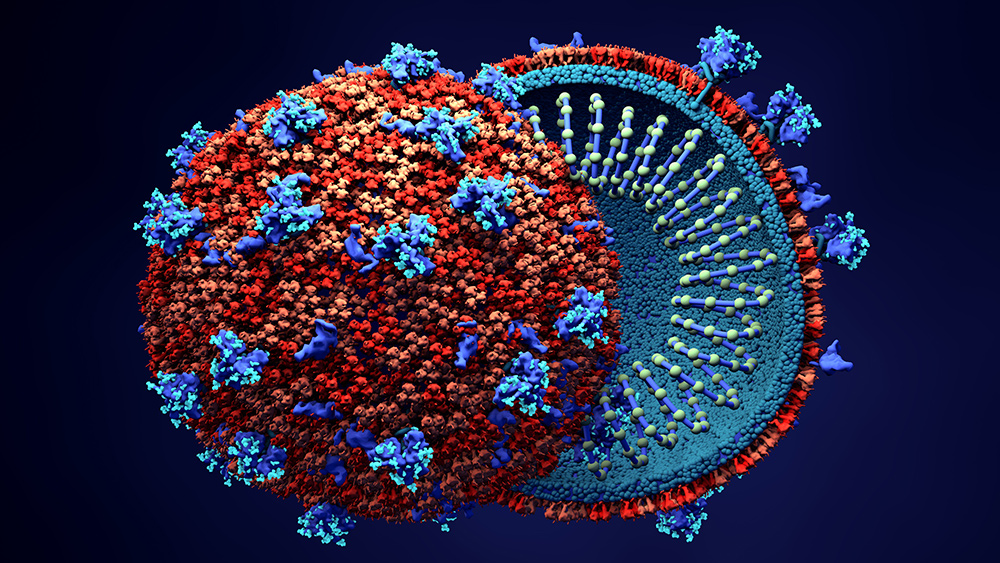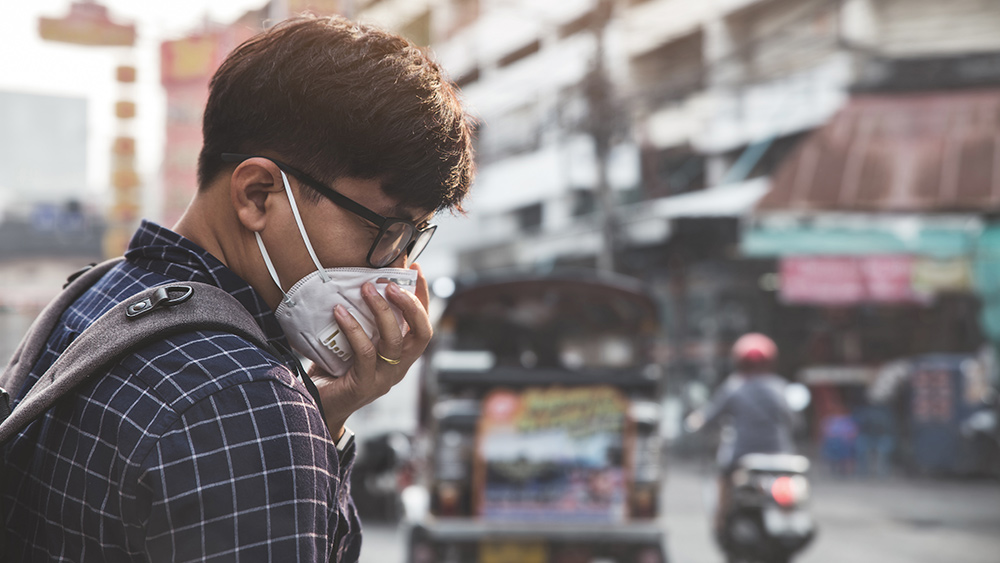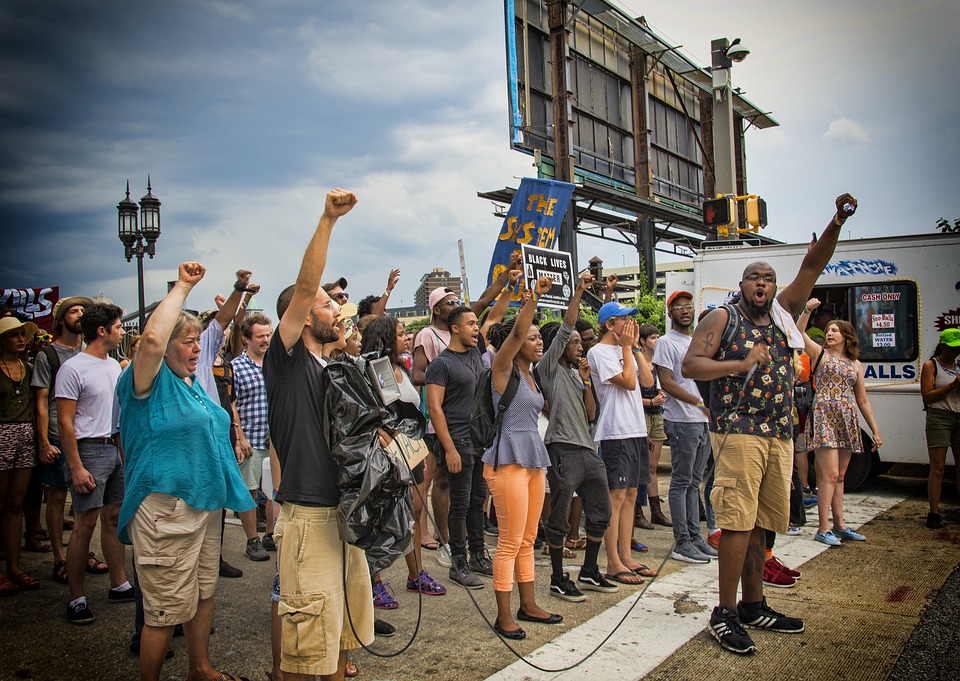Corrected coronavirus case numbers in South Florida drive death rate down
07/11/2020 / By Isabelle Z.

New statistics out of Florida show that coronavirus cases are actually higher than first believed, but there is a silver lining here: It means that the actual fatality rate of the disease could be lower than initially believed.
A study by the US Centers for Disease Control and Prevention that tested for antibodies found that the true number of coronavirus cases in South Florida as of the 10th of April was actually 11 times higher than initial reports indicated. This drove the total number of coronavirus cases in South Florida up from more than 10,500 to an estimated 117,400 as of April 10.
The CDC study covered Palm Beach, Martin, Broward, and Miami Dade Counties in South Florida.
These figures, when combined with data from the Johns Hopkins University tracker, reveal a more favorable Infection Fatality Rate, or IFR. According to calculations carried out by Breitbart News, South Florida’s death rate as of May 1 dropped by more than 80 percent from the estimated 3.6 prior to the antibody study down to 0.6. This IFR accounts for a conservative three-week lag between the identification of a COVID-19 infection and when the infected person passes away.
When the data is taken at face value, however, without accounting for the time it would take for the person to go from diagnosis to death, the death rate was even lower at 0.19 percent.
This might indicate the mortality rate for coronavirus could be higher than that of the average flu, at least in the South Florida area. In the state overall, the number of coronavirus cases, excluding asymptomatic ones, has risen sharply in recent weeks while the numbers of deaths remained relatively stable. As the country’s third most populous state, Florida has been one of the hardest hit by the virus recently.
COVID-19 cases in Florida climbing since reopening
In the week leading up to July 8, CDC data shows that Florida is leading the nation when it comes to the most new cases overall, racking up 9,989 new cases on Wednesday alone. South Florida, which accounts for just under a third of the state’s population, makes up 47 percent of the total new cases.
In a news conference on Wednesday, White House Coronavirus Response Coordinator Dr. Deborah Birx stated that officials would be taking a closer look at the spike that started in Florida in June and doesn’t appear to be slowing down. She said a similar increase is being seen in states such as Arizona, Texas and California.
Although there are several potential explanations, the most obvious one, according to some epidemiologists, is the state’s re-opening. Once Florida opened up again in early to mid-May, many people gathered closely in homes, beaches and bars. Graduation parties, Memorial Day weekend celebrations and large protests also contributed to the spread.
Cases started climbing again just two weeks after most of the state had already re-opened. The state experienced less than 1,000 cases per day in May, but that started to multiply pretty quickly, with the number of new cases going from 2,581 on June 13 to 5,511 on June 24. A pandemic high was seen on the Fourth of July of 11,458 cases in one day.
Nevertheless, the Sun Sentinel reports that although Florida’s overall death toll puts it in the top 10 states since the beginning of the pandemic in terms of numbers, it has a smaller death rate than most on a per capita basis. Florida has recorded less than 20 deaths per 100,000 residents, while states like New York and New Jersey have seen more than 100 per 100,000 residents.
NIAID Head Dr. Anthony Fauci believes Florida reopened too fast, saying that Southern Florida had “jumped over a couple of checkpoints.” He said that Florida and states seeing similar spikes should consider closing down again. Other experts concur, saying that the death toll is only going to get worse.
Sources for this article include:
Tagged Under: coronavirus, covid-19, deaths, fatality rate, Florida, IFR, infections, lockdown, outbreak, pandemic, Public Health, South Florida
RECENT NEWS & ARTICLES
COPYRIGHT © 2017 OUTBREAK NEWS

















